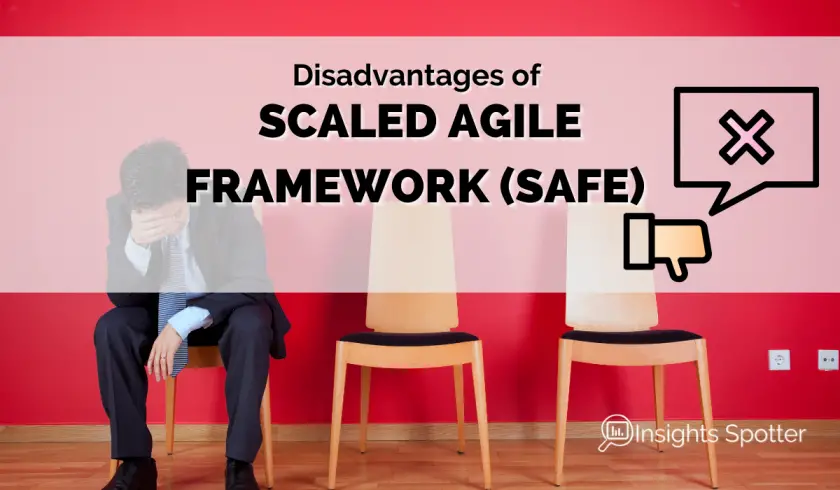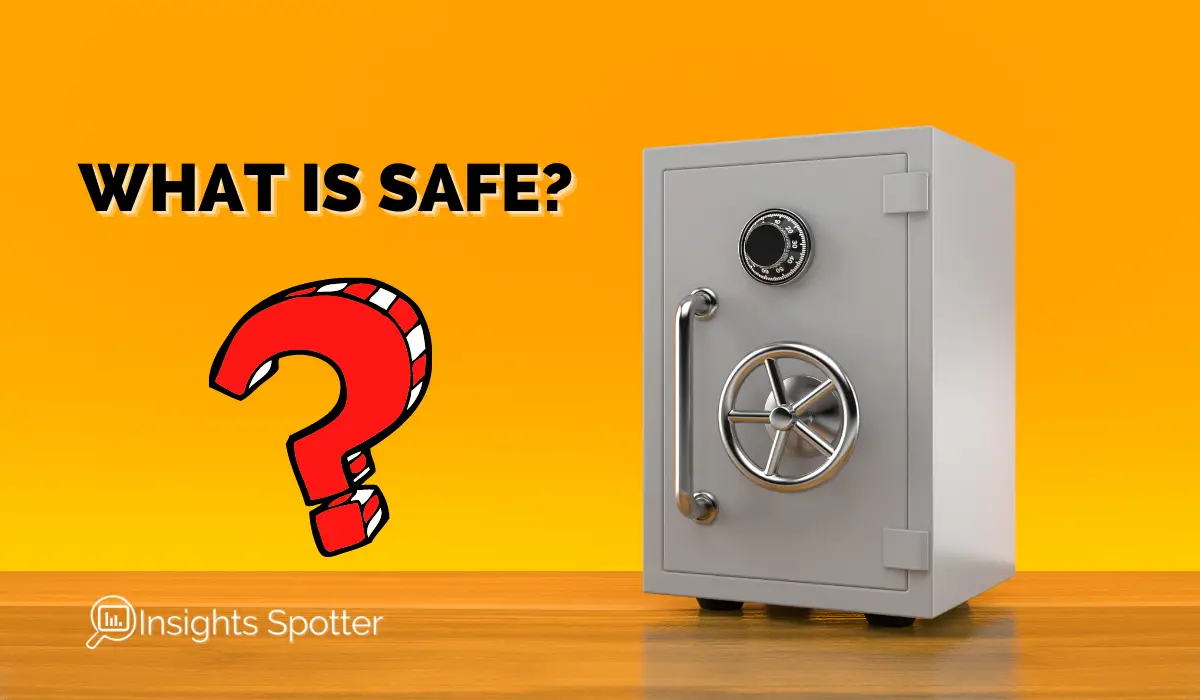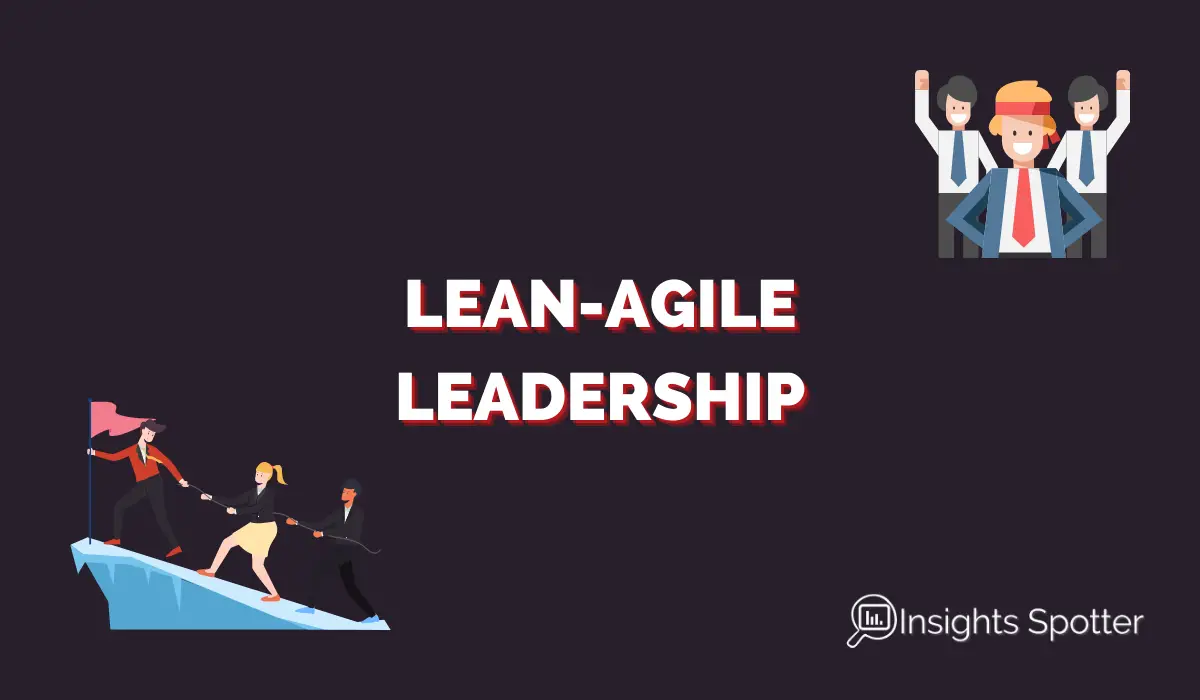5 Disadvantages of Scaled Agile Framework (SAFe)
The boom of the technological era of business paved the way for companies to evolve in the digital world. With that, large businesses turn to extensive project management methods such as the Scaled Agile Framework for Enterprise (SAFe).
SAFe strengthens the alignment among cross-functional teams and all the other levels of the organisation.
However, as appealing as SAFe sounds, it is not meant to be one-size-fits-all. It has drawbacks that could affect one business more than the other. One main disadvantage of SAFe is its complexity.
As the system take effect on one team up to the entire organisation, it requires extensive levels of keeping track and following through the progress of solution development.
If you’re thinking about utilising SAFe for your lean enterprise, take a closer look not just at its pros but, more importantly, at its cons.
Read on and learn more about the potential disadvantages of SAFe.
What Is Scaled Agile Framework, a.k.a. SAFe?
SAFe has been a popular customer-centric framework that started with software development teams. It provides a bigger picture of software development and extends agility from the frontline developers to the software leaders.
Likewise, it encapsulates principles, practices, core competencies, and business culture required to attain business agility and leverage, especially in an overly competitive digital atmosphere.
SAFe became available for business use in 2011. Since then, it has released five core updates introducing new systems and enhanced software development strategies. Its latest update, SAFe 5, was released last January 2020.
The SAFe framework incorporates Lean-Agile ideals that stress collaboration, continuous improvement, and giving value to the customer. It is an effective technique for achieving business agility because it promotes alignment across teams, departments, and the organisation’s overall goals. SAFe comprises three layers of concepts: team, program, and portfolio, which allow enterprises to scale Agile methodologies from small teams to large corporations. While SAFe encourages businesses to continuously expand and improve their processes to compete in today’s fast-paced and ever-changing business climate, it also emphasises the importance of continuous learning.
Although the SAFe framework appeals to software development companies, the surge of digital demands in almost all businesses made it crucial for other industries.
Large enterprises in healthcare, retail, supply chain, construction, telecommunication, energy, electronics, and more utilise SAFe to ensure agile development and delivery of innovative solutions.
What Are the 7 Core Competencies of SAFe?
SAFe five was developed around the seven competencies of lean enterprise. The overall approach of the latest version tackles methodologies that respond to these competencies.
1. Lean-Agile Leadership in SAFe
With this competency, leaders are equipped with the right mindset, skills, values, and practices to help them bring out their teams’ best and highest potential.
The focus is on training executives, managers, and other top-rank officers to become lean-agile leaders by emphasising the role of leaders as the frontline in executing the necessary transformation towards operational excellence.
Moreover, Lean-Agile Leadership emphasises the need to enable a culture of continuous improvement. It is recommended that executives foster an open, growth mindset and look for educational opportunities for their teams. To achieve this, we must create a welcoming environment for experimentation, encourage feedback and cooperation, and recognise failure as a source of progress and learning. By cultivating a culture of continuous improvement, teams can constantly evolve and adapt to meet evolving market demands and try to stay ahead of the competition.
2. Team and Technical Agility in SAFe
Teams require specific skills to ensure high performance in developing and delivering solutions out in the market. For that to happen, team and technical agility are necessary.
This competency can be honed by spotlighting three dimensions of business agility: agile teams, a team of agile teams, and built-in quality. In addition, particular behaviours and mindsets need to be cultivated along with some technical practices.
Technical and team agility can also be achieved via continuous learning and growth. By embracing an experimental culture, teams may take calculated risks and learn from their errors, accelerating innovation and advancement. Retrospectives and reviews are frequent feedback loops that help teams find areas for improvement and implement necessary changes to their processes and practices. Last but not least, technical agility emphasises designing modular, scalable, and maintainable systems adaptable to changing business requirements and market conditions.
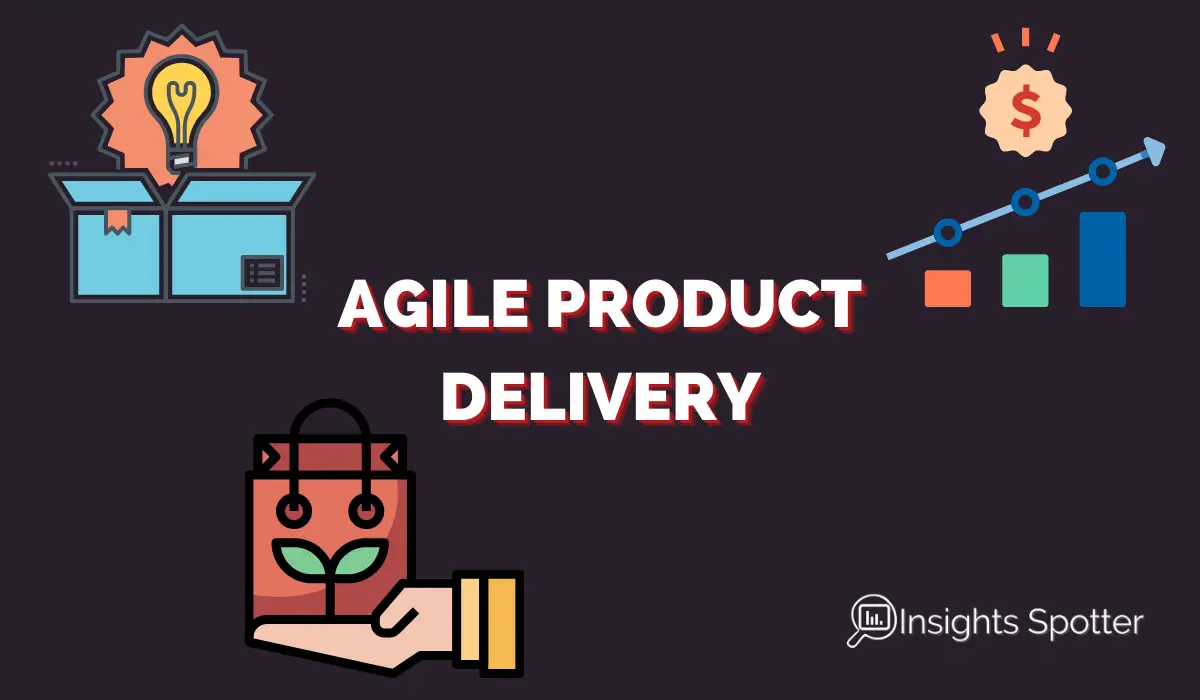
3. Agile Product Delivery in SAFe
When releasing the product in the market, timing is a crucial element. If the business can secure an agile product delivery approach, it increases efficiency for other areas of operation.
SAFe ensures that the three dimensions of agile product delivery are met swiftly. These dimensions are (1) customer centricity and design thinking, (2) development on cadence, release on demand, and DevOps and (3) the continuous delivery pipeline.
The first dimension, customer centricity and design thinking focuses on recognising and empathising with customers’ requirements and wishes to build a product that may meet their wants and goals.
Development on cadence, release on demand, and DevOps are examples of the second dimension, emphasising offering features on a regular and predictable timetable so that organisations may respond quickly to market developments.
The last dimension is the continuous delivery pipeline, a set of automated operations that allows for the effective and rapid distribution of high-quality software.
SAFe enables organisations to have an agile and efficient product delivery approach, increasing their ability to respond to market changes and consumer expectations. This is accomplished by ensuring that all three dimensions are met.
4. Enterprise Solution Delivery in SAFe
SAFe’s Enterprise Solution Delivery expertise focuses on expediting solution delivery throughout the company. This core competency focuses on constructing large, sophisticated systems that require collaboration among numerous teams to create the final product.
SAFe provides guidelines for organising, coordinating, and synchronising the operations of several teams to achieve a common goal. It also defines the responsibilities of various parties involved in providing corporate solutions, such as architects, product owners, and release train engineers, among others.
With the support of these capabilities, businesses may achieve enterprise-wide alignment, increased productivity, and faster time-to-market.
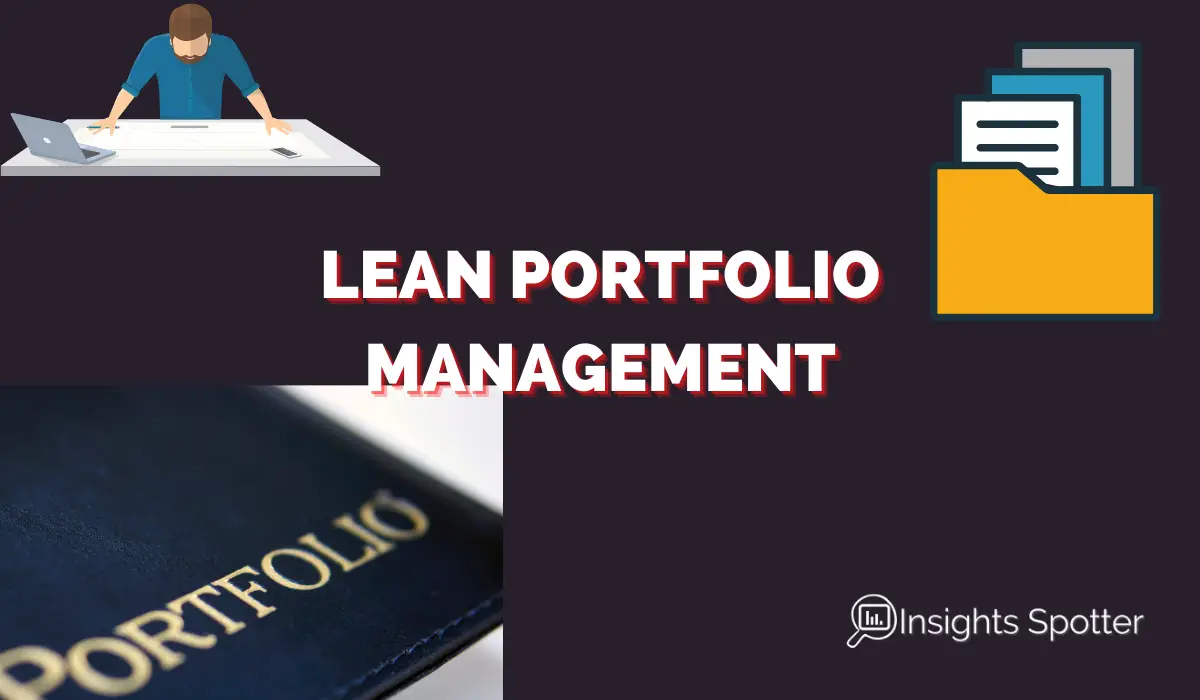
5. Lean Portfolio Management in SAFe
The SAFe framework highlights the relevance of the bigger picture.
To strengthen lean portfolio management, leaders must acquire the necessary abilities to materialise the enterprise’s vision by aligning it to the identified goals and strategies. An essential process for this competency is the development of value streams (DVS).
Due to SAFe’s development of value streams, businesses are better equipped to identify how to design, deploy, and manage the solutions that consumers value. The lean portfolio management capability allows the organisation to ensure that its solutions’ portfolio is in accordance with its business strategy, customer demand, and general industry trends.
DVS aids companies in making the optimal investment decision by assessing a prospective solution’s benefits, risks, and costs. With a lean portfolio management strategy, businesses may prioritise their investments and maximise value to the company.
6. Organisational Agility in SAFe
In SAFe, creating organisational agility is critical, and it entails aligning the organisation’s structure, culture, and procedures to support a lean-agile mentality. In addition, spotting and aligning business objectives to potential investment opportunities can help the organisation thrive for a long time.
The skill of organisational agility comprises developing a culture of continuous development and learning, emphasising cooperation and communication, and developing an adaptive and flexible organisation that can adjust quickly to market changes. By using this competence, the organisation may gain faster decision-making, shorter lead times, higher customer satisfaction, and stimulate innovation.
7. Continuous Learning Culture in SAFe
A functional business is a continuous learning machine. Therefore, teams should always take the opportunity to acquire new trends, updates, and information on areas that can affect the entire organisation.
Continuous Learning Culture is a crucial competency in SAFe as it encourages continuous development and growth within teams and organisations. This competency highlights the importance of promoting a culture of continuous learning and improvement to achieve business agility.
SAFe emphasises continuous learning through various programs such as Communities of Practice, Innovation and Planning Iterations, and Inspect and Adapt workshops. These programs aim to cultivate a culture of knowledge-sharing and innovation within teams and across the entire organisation.
With a continuous learning culture, organisations can stay updated with the latest industry trends and technologies, remain competitive, and continuously deliver value to their customers.
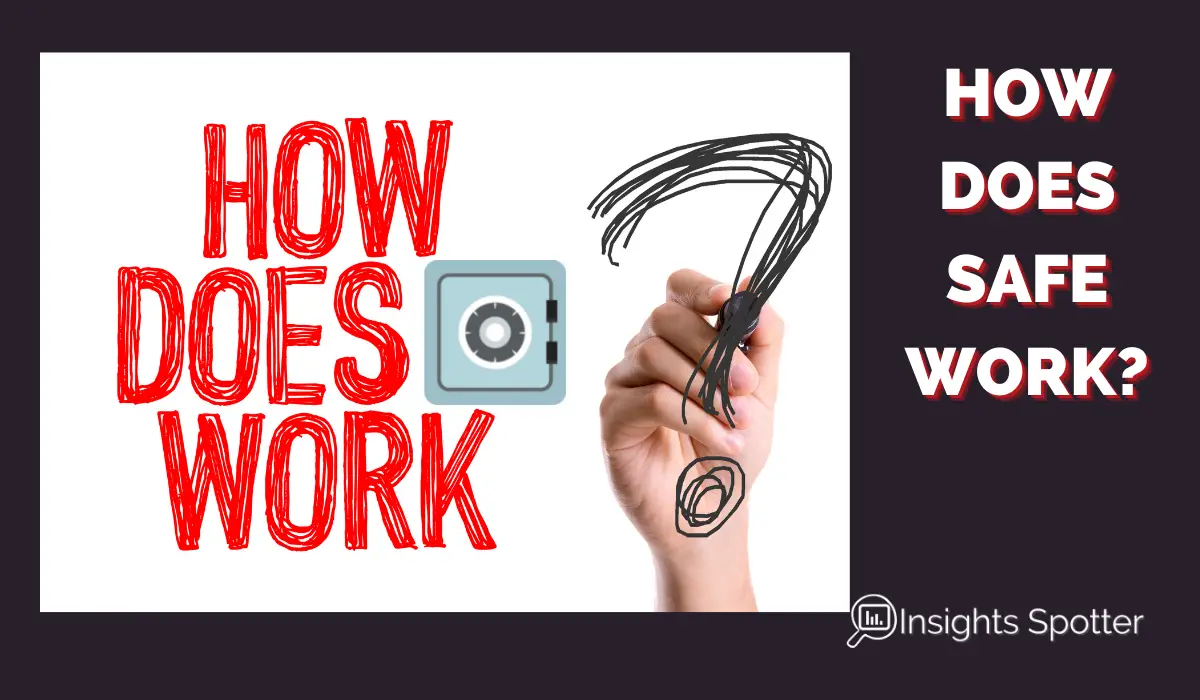
How Does SAFe Work?
You can think of SAFe as a guide for project management implementation within a lean enterprise. It contains principles, values, and agile practices for all levels that focus more on your customers’ needs, demands, and behavioural tendencies.
SAFe provides a structured approach that ensures proper alignment, delivery of products and services, agile leadership, transparency, and project execution.
The framework is divided into four configurations with specific strategic themes.
The first configuration is essential for individuals and teams called Essential SAFe. The second configuration, Large Solution SAFe, provides a more comprehensive approach to a group of teams that work together. The third configuration, Portfolio SAFe, is designed for stakeholders overseeing multiple value streams. Finally, the fourth configuration, Full SAFe, covers the entire enterprise, promoting business agility by linking strategy and execution with lean portfolio management.
Each configuration has its unique characteristics, such as specific roles, responsibilities, and processes, but they all emphasise collaboration, continuous improvement, and customer-centricity. In summary, SAFe offers a flexible and scalable approach to agile project management that can be customised to meet the needs of any enterprise.
1. Essential SAFe Configuration
Essential SAFe is the simplest version of SAFe yet contains all the crucial elements. Essential SAFe comprise the building blocks for the other types of configurations. If you have a single project, this configuration can fit right to your needs.
Essential SAFe is also suitable for smaller organisations or teams that are new to the SAFe framework. It provides a solid foundation for implementing agile practices and allows teams to deliver value to customers quickly. This configuration includes the essential elements of SAFe, such as the Agile Release Train (ART), Program Increment (PI) planning, and continuous delivery pipeline. It focuses on the team and program levels and provides a lightweight approach to implementing SAFe. As organisations and teams mature, they can gradually move to other configurations to scale up and improve their agile practices.
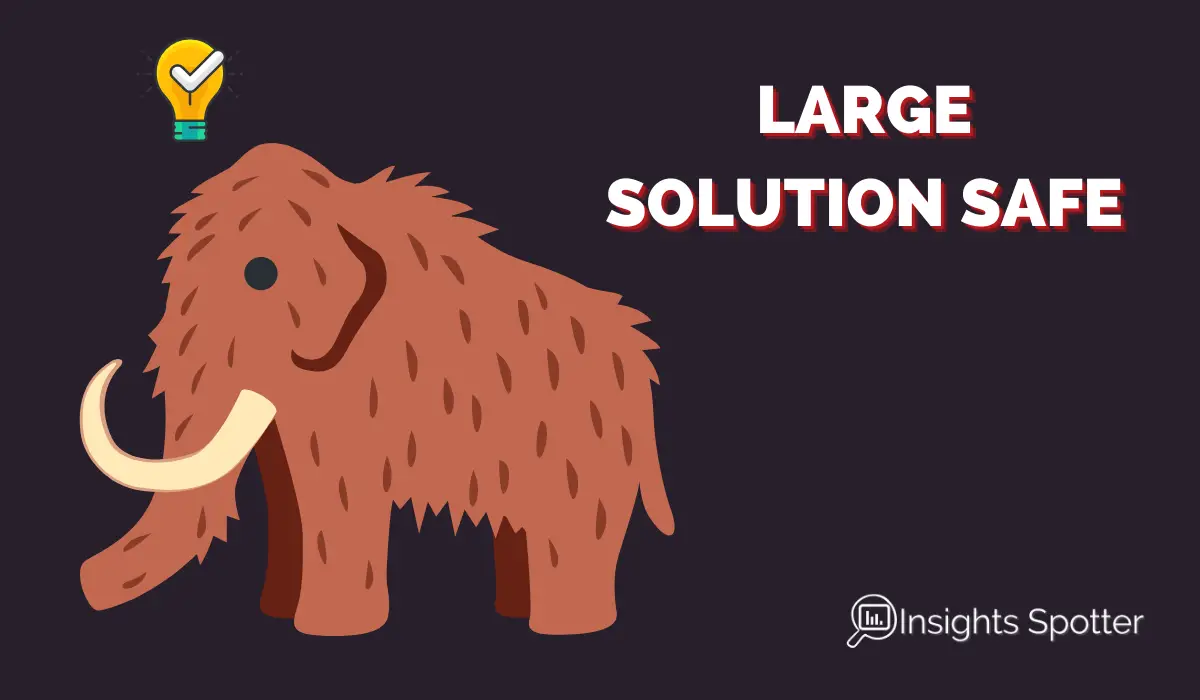
2. Large Solution SAFe Configuration
If you have multiple ARTs or suppliers but do not need portfolio-level considerations, then this is the configuration for you. It is common in organisations like aerospace and government.
The Large Solution SAFe Configuration is tailored to meet the needs of enterprises that require coordination and integration of several ARTs (Agile Release Trains) or suppliers. This configuration focuses on developing more comprehensive solutions that require a higher level of coordination and synchronisation between ARTs. It allows for multiple ARTs to work in unison towards a common goal, facilitating the development of large, complex systems that require collaboration between teams.
The Large Solution SAFe Configuration offers an integrated approach to delivering large solutions, allowing organisations to increase efficiency, reduce development time and costs, and improve product quality.
3. Portfolio SAFe Configuration
To ultimately enable business agility, you have got to go with Portfolio SAFe. The additional competencies secure the alignment of portfolio execution to the enterprise strategy and more.
Portfolio SAFe Configuration is the most comprehensive SAFe configuration that enables large-scale business agility. It provides an approach to align the organisation’s portfolio to the business objectives and strategy, which allows the portfolio to respond to market changes.
The configuration includes several key competencies, such as Lean Portfolio Management, Agile Product Delivery, Enterprise Solution Delivery, and Continuous Learning Culture. The focus is on delivering value to customers through innovation, product development, and delivery. It also includes practices to manage investments, align strategy with execution, and measure the portfolio’s performance.
4. Full SAFe Configuration
The Full SAFe is the most comprehensive configuration among the four. It is designed for complex solutions with multiple teams inside a huge enterprise.
Full SAFe suits organisations with multiple portfolios, ARTs, and suppliers. It involves cross-portfolio coordination and provides end-to-end coordination across the entire organisation. This configuration also includes all of the competencies and components required for large-scale business agility, including portfolio alignment, enterprise solutions, and value streams.
It enables organisations to manage and deliver diverse products and services across different market segments with multiple teams involved, providing maximum flexibility and scalability.
However, it is worth noting that implementing Full SAFe requires a significant investment of time, resources, and commitment from all levels of the organisation. Therefore, assessing the organisation’s needs and readiness is crucial before embarking on this configuration. This is what we will discuss next.
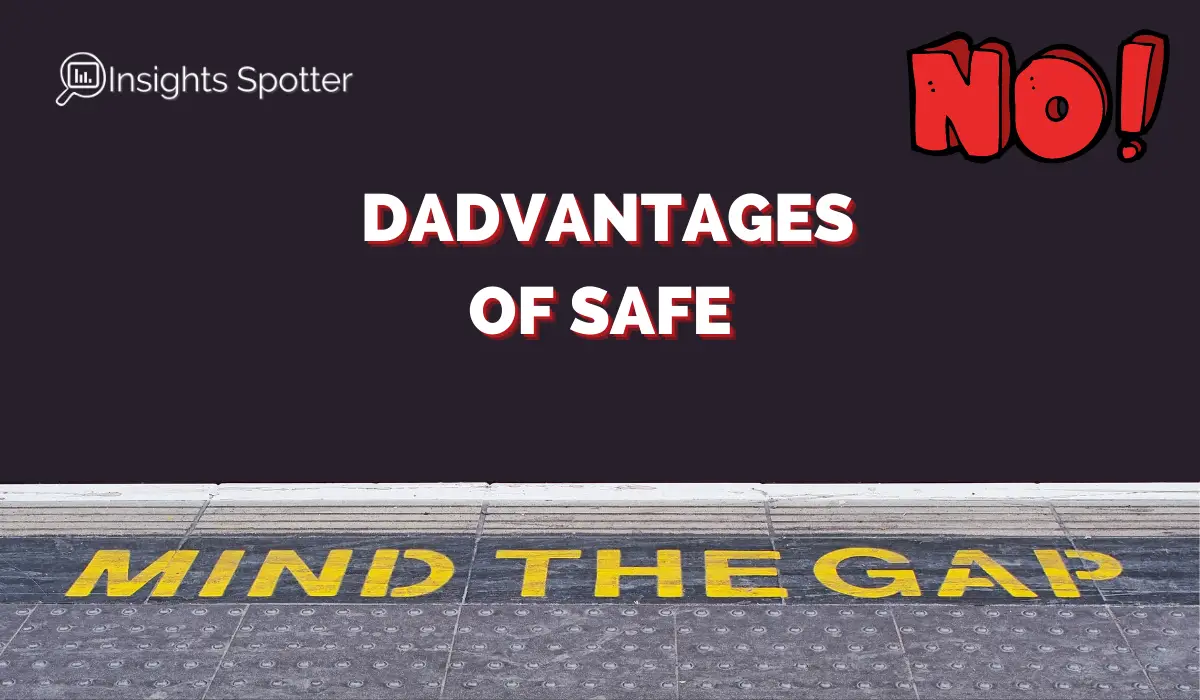
What Are the Disadvantages of Scaled Agile Framework?
SAFe sounds promising for lean enterprises. However, the same couldn’t be said for start-ups. Although some principles and practices still apply, SAFe is designed for large business groups invested in software functions. Even its tailored approach is a benefit in itself for lean enterprises. However, SAFe is not exactly flawless.
There are several disadvantages to watch out for early in the SAFe adoption process. Unfortunately, these drawbacks can have critical impacts once they affect your organisation.
Hence, it is best to scrutinise them and analyse if they could become a significant deal-breaker before they emerge.
1. Adds More Administrative Surveillance in SAFe
SAFe employs strategies that are similar to the Waterfall approach, where everything has to be streamlined.
This might work in some organisations, but many businesses can benefit more from an open and flexible environment without too much oversight from high-ranking officials, which can improve the team’s creative expression.
With SAFe, administrative roles expand to monitor multiple projects closely. Not to mention, there are several layers of administration and cross-functional networks inside the organisation.
The environment is almost contradicting that of the scrum methodology. That’s why some project management experts and business analysts claim that SAFe can have tendencies to be anti-agile.
In addition to administrative surveillance, another disadvantage of SAFe is the potential for excessive bureaucracy. SAFe introduces several new roles, ceremonies, and artefacts, which can increase documentation, meetings, and processes. This added bureaucracy could hinder productivity and slow down the delivery of value to customers. It can also create frustration among team members, who may feel like they spend more time on paperwork and meetings than on actual work.
Solution: Organisations can minimise bureaucracy by adopting a lean approach to SAFe. They can reduce the number of layers of administration and focus on empowering teams to make decisions. Agile coaches can help organisations implement SAFe in a way that aligns with agile principles and values.
![]()
2. Requires Intensive Tracking and Documenting in SAFe
In SAFe, tracking and documenting are essential processes that can take considerable time and effort due to the framework’s emphasis on documentation and reporting to assess the project’s progress.
This can be overwhelming for some teams, especially those who prefer a more hands-on approach to project management. The extensive tracking and documenting requirements may also cause teams to focus more on meeting documentation standards rather than delivering valuable products and services to customers, which causes unnecessary conflicts along the way.
Balancing documentation and delivering value is crucial to ensure that excessive administrative tasks do not bog down teams. If done correctly, the project evaluation becomes easier, generating productive results.
Solution: Organisations can balance documentation requirements with delivering value by using tools and automation to streamline tracking and reporting. Agile teams can also use agile metrics to measure progress and assess the effectiveness of their processes.
3. Longer Planning Cycles in SAFe
Creating strategic plans and roadmaps is critical for a project or business goal. However, in a SAFe Framework, planning tends to go longer, spanning ten to twelve weeks.
Advocates of pure business agility find this schedule too tedious, creating longer feedback loops and diminishing the ability of the team to respond to change appropriately. In short, the process decreases the adaptability of teams.
Moreover, longer planning cycles in SAFe can also result in delays in product delivery. In today’s fast-paced business environment, companies must be agile and quickly respond to changes to stay competitive. Longer planning cycles can hinder an organisation’s ability to adapt to changing market conditions and customer needs, potentially leading to missed opportunities and revenue loss.
Additionally, longer planning cycles can lead to increased costs and reduced efficiency, as teams spend more time planning and executing tasks less.
Solution: Organisations can adopt a more reiterative approach to planning, focusing on short-term goals and outcomes. They can also use agile planning tools and techniques to facilitate collaboration and adaptability. At the end of the day is about what will work in your area and with your culture.

4. Limits the Freedom and Flexibility of Self-Organised Teams in SAFe
The multiple layers of the framework designate particular roles, especially among the administrative management officers. This could lead to micromanagement which can be detrimental to the dynamic operations of self-organised teams. Thus, hindering the team’s ability to adapt to changing circumstances.
Also, in terms of decision-making, the framework adopts a top-down approach where the executive officers make decisions. This way, frontline developers are left behind in the decision process.
This approach can also stifle creativity and innovation, which are crucial for success in today’s competitive business environment.
Additionally, team members may feel less motivated to take ownership of their work if they do not have a say in making decisions.
Solution: Organisations can empower teams by giving them more autonomy and decision-making authority. There could be an explicit agreement between management and teams on what decisions can be made at lower levels of an organisation. They can also use agile practices like retrospectives to encourage continuous improvement and innovation.
5. Too Many Jargon or Heavy Terminologies in SAFe
If you’re new to the SAFe framework, you might be overwhelmed with a load of terminologies used in the different layers of the approach.
Terms like DevOps, iteration, lean enterprise, agile release train (ART), development value streams, agile portfolio operations, and more are often repeated in the different levels of SAFe.
The good news is these terms will become second nature to you as you learn more about the approach.
However, the overuse of jargon and heavy terminologies can lead to confusion and misunderstanding among team members, especially those unfamiliar with the framework. It can also create a communication barrier between the SAFe team and other teams who may not be familiar with the terminology. This can result in delays and misinterpretations that can negatively impact project delivery.
Solution: Organisations can simplify the language used in SAFe and use plain English wherever possible. They can also provide training and education to help team members understand the terminology and its context. Finally, they can create a glossary of terms to help team members quickly find definitions and explanations.
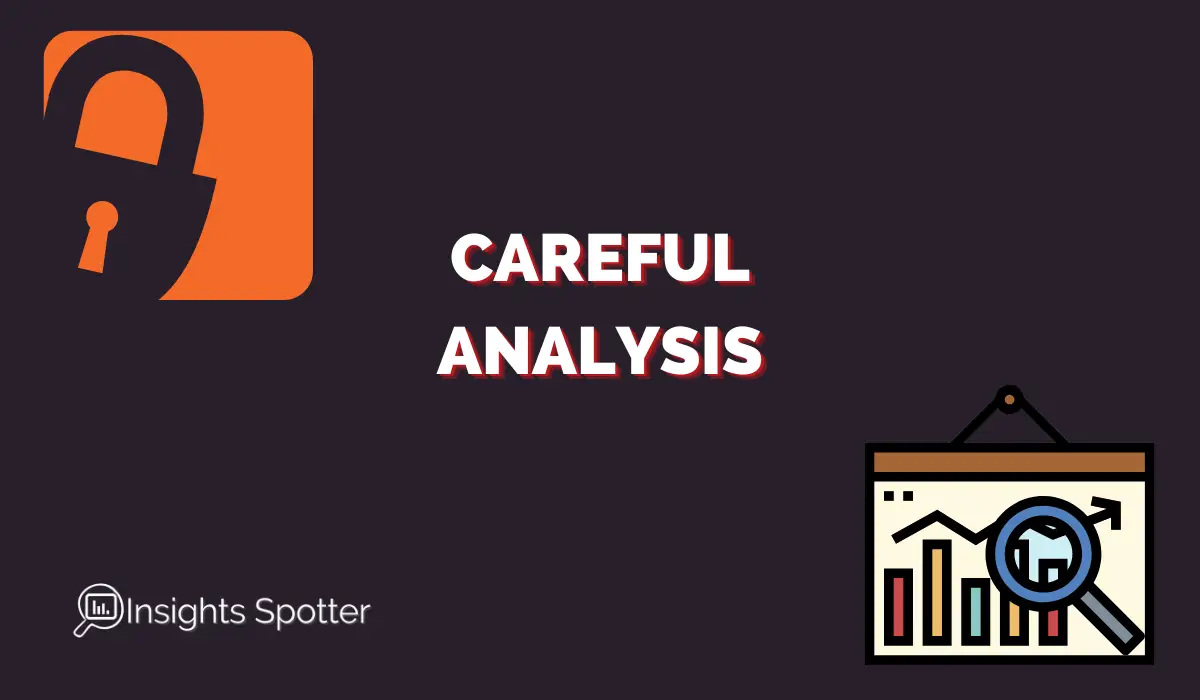
Conclusion of Disadvantages of SAFe
Much like other project management methodologies, SAFe has its advantages and disadvantages. The four configurations under this framework provide you with choices based on the needs of your enterprise.
Careful analysis will allow you to choose the right approach, ensuring the success of the project management method while avoiding detrimental mistakes.
Much like other project management methodologies, SAFe has its advantages and disadvantages.
Some organisations may find that SAFe does not align with their culture or values or that it does not fit well with their existing processes or systems. Additionally, there may be challenges in scaling agile practices across multiple teams and departments, which can lead to inconsistencies and inefficiencies. It’s important to consider all of these factors when deciding whether or not to adopt SAFe and to be prepared to address any challenges that may arise during the implementation process.
However, the four configurations under this framework provide you with choices based on the needs of your enterprise. Careful analysis will allow you to choose the right approach, ensuring the success of the project management method while avoiding detrimental mistakes. In summary, SAFe can be a practical methodology for scaling agile practices. Still, weighing the advantages and disadvantages and carefully considering whether it’s the right fit for your organisation is essential.
Subscribe to our newsletter!
 ABOUT ME
ABOUT ME
I am an experienced ex. Business & Data Analyst and now a Project Manager with multiple years of experience gained in several international companies.
These days, business problems require data crunching and telling stories to make the right decisions. Simply put, business stakeholders need insights into their projects and deliveries.
This is where I come in. I have learned and applied Python, Power BI, SQL and Excel to analyse and present data. Also, I gained experience in Project Management and Business Analysis. So, I can not only spot insights but execute business decisions. Moreover, I can teach you as well. Read More
Best Books








Latest Blog Posts
- Navigating Project Management in a Matrix Organization: Challenges and Solutions
- Using Artificial Intelligence’s Power in Agile Project Management
- Sustainable Project Management: Trends, Tools, & Strategies
- Unlocking Strategic Value: How NIST CSF 2.0 Shapes Project Choices for Better Outcomes
- Cybersecurity Project Management: Protecting Your Digital Frontier
- What are the Different Types of Planning in Project Management?
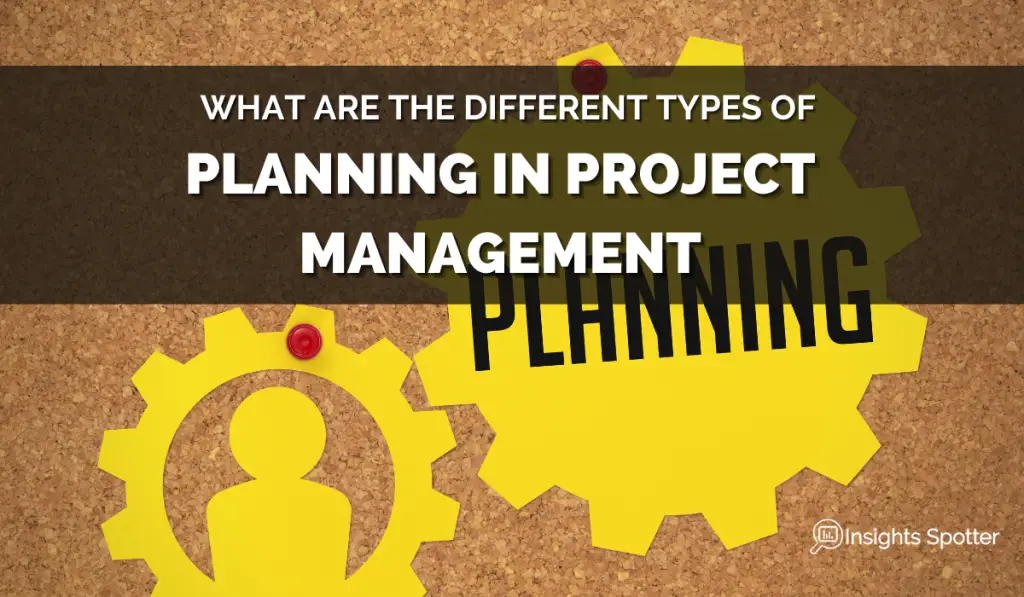
Need Project Manager’s Help!?
Check out the Fiverr marketplace if you do not have time to run your own projects or just need extra help. They do have multiple project professionals, including project managers. Maybe you will find just the right fit to take some burden from you. I have used Fiverr in the past. The prices are also not too bad. If you seek PM via the corporate route, it will be easily 5x the price.

